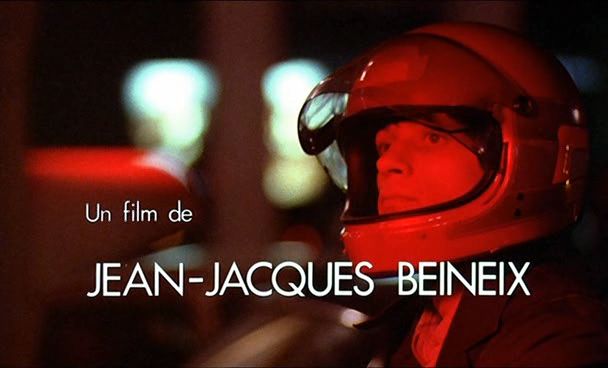 |
| Above is a depiction of what a Minstrel show performer would generally look like (Courtesy: sideshowworld.com) |
Today in class we watched Blacks on Vaudeville, a documentary on Vaudeville displaying its history and its correlation with minstrel shows. Minstrel shows, the poorly reenacted representation of how Black Americans, slaves, or "Negroes" entertained themselves during this time period. Beginning in 1843 and lasting till the mid-20th century, minstrel shows featuring musical and dance performances for crowds all over America (Minstrel Show, 2016).
Personally, I do not care for Vaudeville or minstrel shows either. As part of history I recognize minstrel shows as a point in Vaudeville's evolution, however, I cannot sit through a viewing without utter dismay. The shows reflect a point in time in which discrimination was very commended, with the specific goal of dehumanizing the Black American people.
The documentary highlighted the shows and its rising popularity in the 1840's. Before watching this segment, I had no idea that there were actually Black American minstrel performers. I always had the impression that it was a Caucasian person with black face, generating stereotypical propaganda to an all Caucasian crowd. To my surprise, I was wrong. Apparently the minstrel shows, featured some willing Black American participants, attendees and supporters. Understandably, for Black Americans at the time the wage was probably better than most paid positions, treatment was bearable, as well as the chance to perform on stage was rare. Some of these performers even used their talent, skills, and resistance to stereotyping to gain popularity amongst their community. As mentioned in the documentary, the Nicholas brothers are revered for doing just that.
The first minstrel performer to receive national recognition and have their performance considered that of a human was Bert Williams. In the documentary a frame shot is paused, displaying a quote by George Washington Carver, best known for developing a variety of uses for crops such as peanuts, then leading numerous speaking engagements as a symbol of African-American achievement (McMurry, 1991). The quote reads, "Bert Williams has done more for the race than I have. He's smiled his way into people's hearts" (Crazybluezzdaddy, 2012). As of 1910 he was the most respected comedians on the American stage and was the first Black American to be admired by people of all races. Overall, there is a collection of good stories of Black American performers leaving their impact on Vaudeville's history, however, those that were not featured are to be even more considered. With its racist and stereotypical motif, it is no wonder why minstrel shows began to disappear just as the civil rights movement started.
Below is a portion of the documentary by PBS, originally aired on November 26, 1997.
"minstrel show". Encyclopedia Britannica. Encyclopedia Britanncia Online. Encyclopedia Britannica Inc., 2016. Web. 24 Feb. 2016
McMurry, Linda O. "George Washington Carver." History.com. A&E Television Networks, 1991. Web. 24 Feb. 2016.
Crazybluezzdaddy. "Blacks and Vaudeville: PBS Documentary." YouTube. YouTube, 29 May 2012. Web. 24 Feb. 2016.





